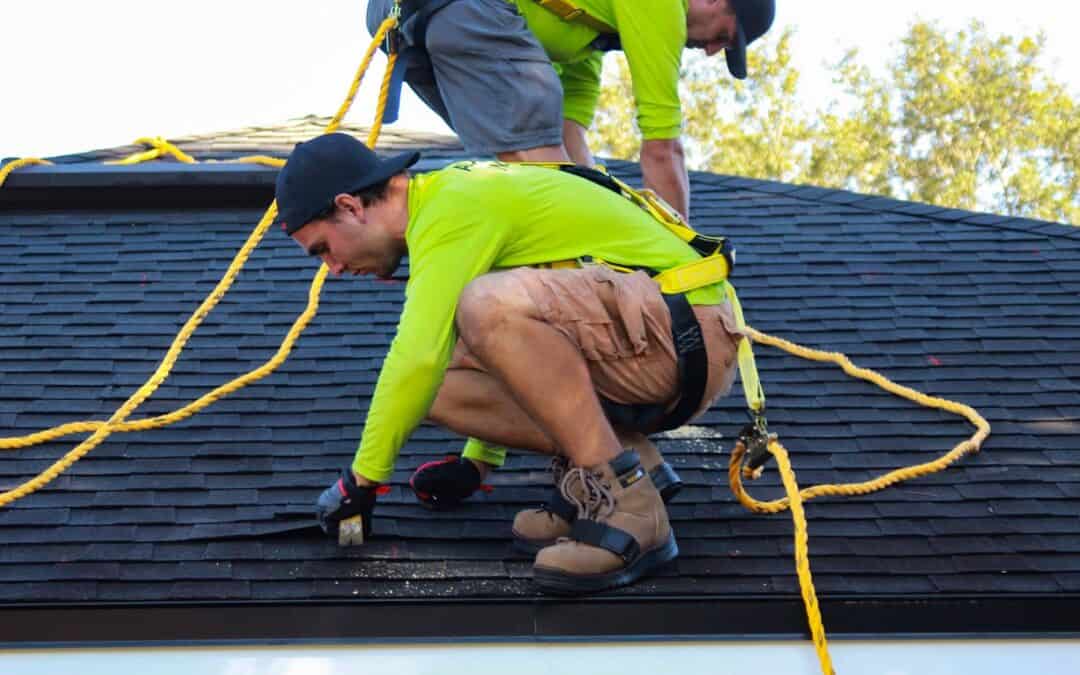The roof, a quintessential component of any building, serves as a guardian, shielding us from the diverse elements of nature. But like all guardians, it isn’t immortal. Just as a knight’s armor would wear down over time, so does the protective layer atop our homes and commercial spaces. A key aspect of ensuring that a roof remains effective for the longest time is choosing the right material to begin with. Different roofing materials come with varied lifespans, each offering its own set of advantages and drawbacks.
Roofing materials have evolved dramatically over the years, encompassing a range from the traditional thatch to sophisticated metal alloys. Each of these materials has been crafted keeping specific needs and conditions in mind. Here, we delve deep into the expected lifespans of various roofing materials, equipping you with the knowledge to make an informed decision for your property.
1. Asphalt Shingles: The Popular Choice
Asphalt shingles, popular in many parts of the world, come in two primary types: organic and fiberglass. Both are infused with asphalt to enhance water resistance.
- Lifespan: On average, asphalt shingles last about 20 to 30 years.
- Pros: They are cost-effective, come in various colors, and are relatively easy to install.
- Cons: They may not be ideal for areas with rapid temperature fluctuations as they can crack under such conditions.
2. Wood Shingles and Shakes: Natural Aesthetics
Often made from cedar, redwood, or pine, wood shingles and shakes offer a rustic, natural look.
- Lifespan: Typically, wood shingles last about 25 to 30 years, though, with meticulous maintenance, this can stretch up to 40 years.
- Pros: They provide natural insulation and are environmentally friendly.
- Cons: They are more prone to fire (unless treated), and can rot or split without proper maintenance.
3. Metal Roofing: Durable and Modern
Metal roofs, comprising materials like aluminum, copper, zinc, and steel, are known for their durability.
- Lifespan: A metal roof can last anywhere between 40 to 70 years, depending on the metal used and maintenance.
- Pros: It’s fire-resistant, reflects radiant heat (keeping homes cooler), and is environmentally sustainable.
- Cons: Initial costs can be higher than other roofing options.
4. Tile and Concrete: The Old-world Charm
Clay, slate, and concrete tiles are heavy, durable, and can give a timeless appeal to a structure.
- Lifespan: These materials have an impressive lifespan, with clay and slate lasting over 100 years and concrete tiles lasting around 50 years.
- Pros: They’re fireproof, rot-resistant, and pest-resistant.
- Cons: Due to their weight, additional structural support might be required. They can also be more expensive to install.
5. Flat Roofs: Urban and Sleek
Flat roofs, usually found on commercial buildings and modern homes, use materials like EPDM (rubber), TPO, or PVC.
- Lifespan: On average, flat roofs last about 20 to 25 years, depending on the material and maintenance.
- Pros: They provide additional space (potentially usable) and offer a sleek, urban look.
- Cons: Water drainage can be an issue, leading to potential pooling and leakage if not correctly addressed.
6. Green Roofs: The Sustainable Choice
Green roofs are a newer addition to the roofing scene, characterized by a layer of vegetation planted over a waterproofing system.
- Lifespan: With proper care, green roofs can last upwards of 40 years.
- Pros: They provide excellent insulation, reduce the urban heat island effect, and offer an aesthetic appeal.
- Cons: Initial setup costs can be high, and regular maintenance is crucial.
Professional Guidance Can Be a Game-Changer
The choice of roofing material shouldn’t solely rest on cost or aesthetic appeal. It’s vital to consider factors like the local climate, maintenance needs, and long-term durability. This is where professional insights can make a world of difference. By engaging with a knowledgeable commercial roofer, you can benefit from tailored advice suited to your property’s unique needs.
In Conclusion
Roofing is a long-term investment. By understanding the lifespan and pros and cons of different roofing materials, property owners can make decisions that offer both functionality and aesthetic appeal. With the right choices and regular maintenance, a roof can stand tall and sturdy, safeguarding the treasures within for many years to come.

Recent Comments